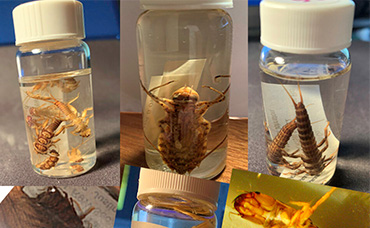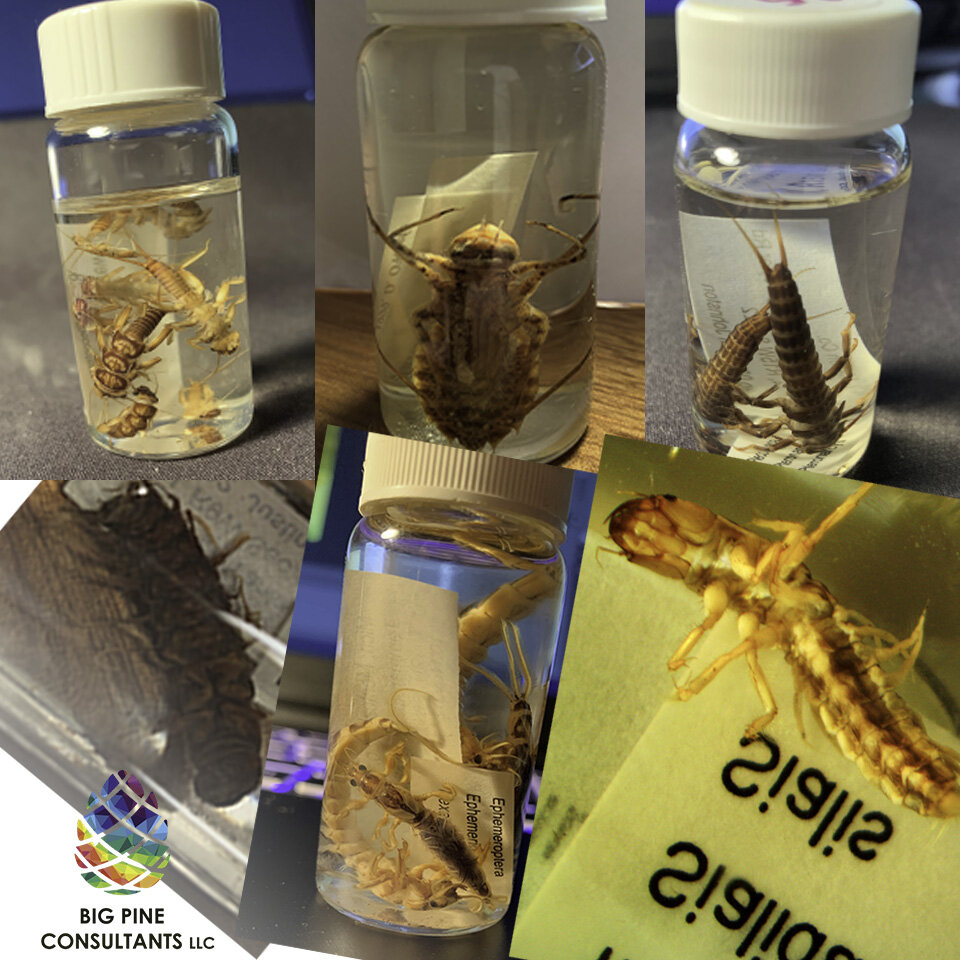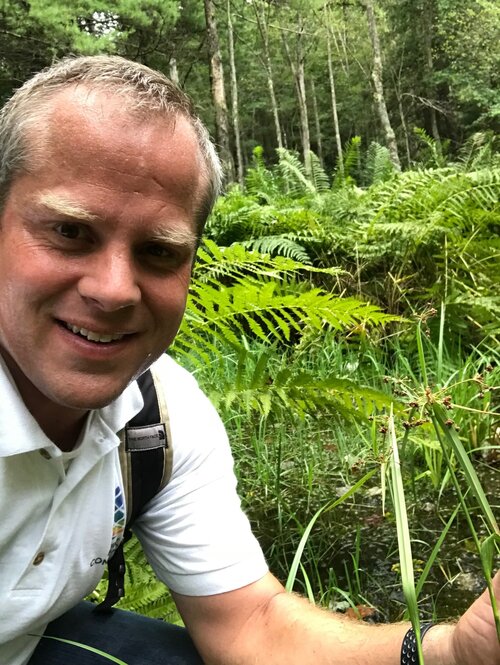
Aquatic Macroinvertebrate Sampling and Identification
Big Pine has biologists skilled in both sampling and identification of aquatic macroinvertebrates. We typically collect samples using D-frame or kicknets according to Rapid Bioassessment Protocols or similar. These protocols are meant to be an indication of the functions and values that an aquatic system provides. They are often required by state or federal agencies in association with a project with aquatic impacts of high quality streams. They are sometimes also required as a result of an accidental discharge to assess impacts to an aquatic environment.

Get In Touch
